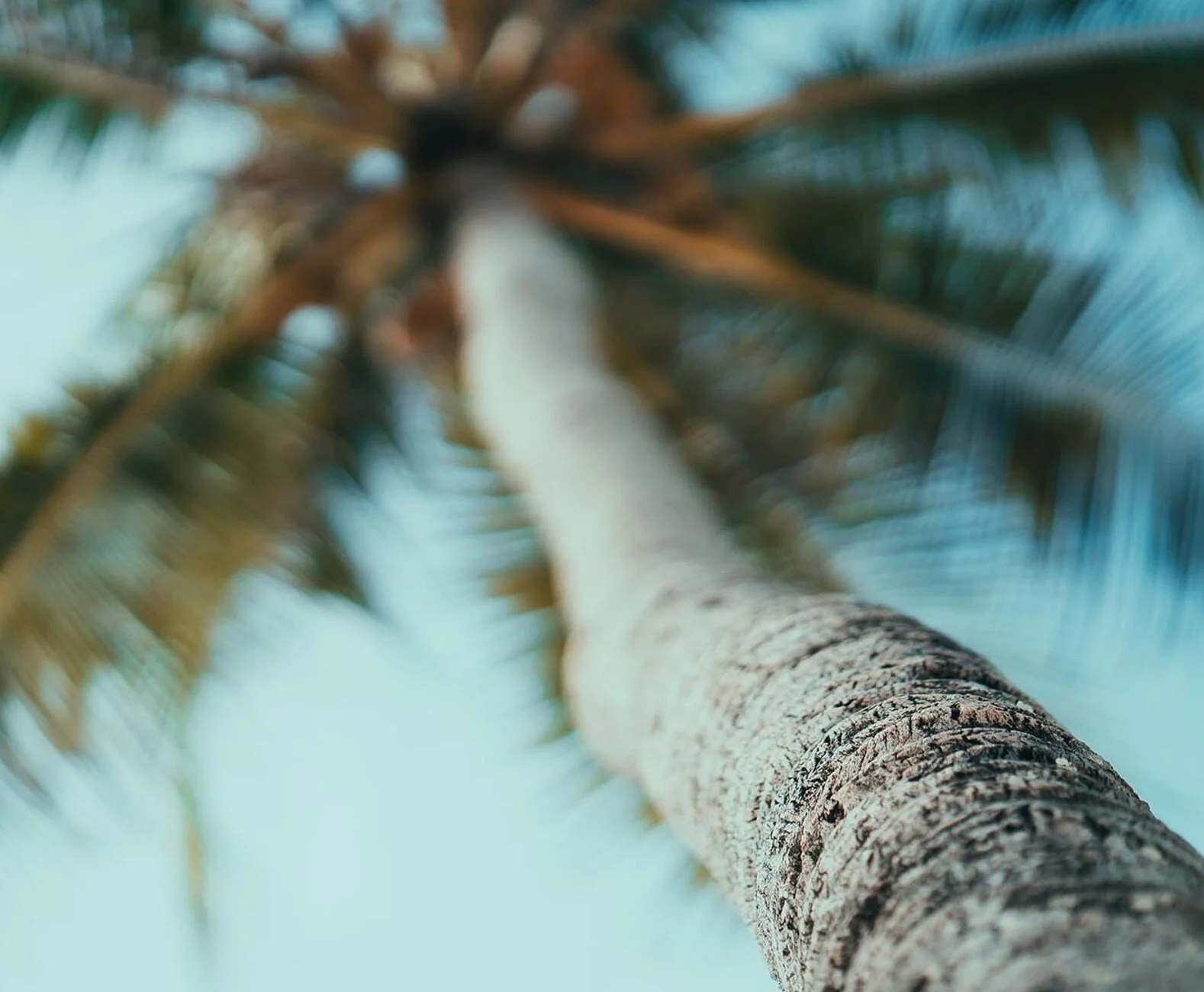Indian Ocean Islands
As local travel experts, we provide excursions to destinations less known to international tourists along the Tanzanian coast, including Pangani, Kilwa, and Saadani.
Often overlooked by international tourists, destinations that lie off the coasts of Tanzania are often much less crowded than the more popular islands. We’re familiar with these lesser-known and less populated destinations, and can advise you on the best excursions based on your interests and other safari arrangements.
South Beach
A short trip by ferry across from Dar es Salaam, this beach is a popular destination among Tanzanians. Most properties cater to families driving from Dar and other major towns. The beaches are spectacular, with somewhat rougher waters, making for good boogie boarding. You may spot baboons and other primates on the beaches. As locals ourselves, we can recommend the best accommodations and connect you with private rentals you won’t easily find online.
Pangani
If you’re headed north from Dar or east from Arusha, we recommend a visit to Pangani, a small town off a remote and undiscovered stretch of coast in the Tanga region. Pangani is the perfect beach destination for travelers seeking to escape the crowded resorts and aggressive street vendors in Dar es Salaam and Zanzibar. Note that the beaches in Pangani, though nice, are not as pristine as the beaches on the islands or in South Beach.
A highlight that is easily reached from Pangani is Saadani National Park, the only park in Tanzania that offers wildlife viewing and beaches in one location. Saadani includes the Wami River delta region, and it is possible to take boat trips up the Wami River to view hippos, crocodiles, and many species of birds and mangroves. Few tourists visit Saadani, making it an excellent destination for those who want to view animals in their natural state and have a more private safari experience. Game highlights include lion, elephant, buffalo, leopard and giraffe, along with several species of antelope.
Pangani River, once an important transport channel for slaves and ivory, is now seldom used as a means of transportation from Tanzania's interior to the coast. Boat trips can be arranged up the river to observe the abundant birdlife and riverine ecosystem.
Maziwe Island is a sand island located ten kilometers offshore from Pangani. The island and surrounding coral reef is a nature reserve, and snorkelling and diving trips can be arranged to the island. All-day visits are available from lodges to various offshore sandbars. Organize a picnic lunch through your hotel or bring your own. The sandbars offer beautiful views of the coast and are often surrounded by reefs that are great for snorkelling.
Located approximately 50 kilometers northwest of Pangani, Amani Nature Reserve, once a botanical garden, offers lovely hikes through beautiful montane forests viewing forest animals, flowers, and plants. It is also home to several species of African violet. Amani is part of the Eastern Arc mountain range that stretches from southern Kenya to southern Tanzania. The range has been listed by Conservation International as one of the world's twenty hotspots of biodiversity, and there have been numerous recent efforts to protect the range’s forests. The Usambara Mountains possibly support the most biodiversity in the Eastern Arc Range and Amani is a must see for those interested in botany. There are hundreds of endemic plant species and several reptiles, amphibians and birds unique to the Usambaras.
Ruins of Kilwa Kisiwani and Ruins of Songo Mnara
A quick airplane flight away from Dar es Salaam, these two ruins of medieval trading ports, designated as UNESCO World Heritage sites, provide an opportunity to encounter the glory of the Kilwa Sultanate empire. During its height in the 14th century, the larger Kilwa Kisiwani was the most important trading center on the East African coast. Gold, tortoiseshell, and ivory from inland were traded for silver, perfumes, and Chinese porcelain; the slave trade also flourished from this port. The site includes various mosques, a well-preserved Omani fortress, graves, and the remains of a great palace that was the largest permanent building in sub-Saharan Africa during its height. Much of this site has not yet been excavated; vegetation and seawater have damaged some areas. The ruins of Songo Mnara are at the northern point of the island and the site includes five mosques, a palace complex, and more than thirty domestic dwellings.
We can help arrange for air and boat travel to visit these remote ruins. You’ll most likely enjoy the site in private; these ruins are not widely advertised to international travellers.


